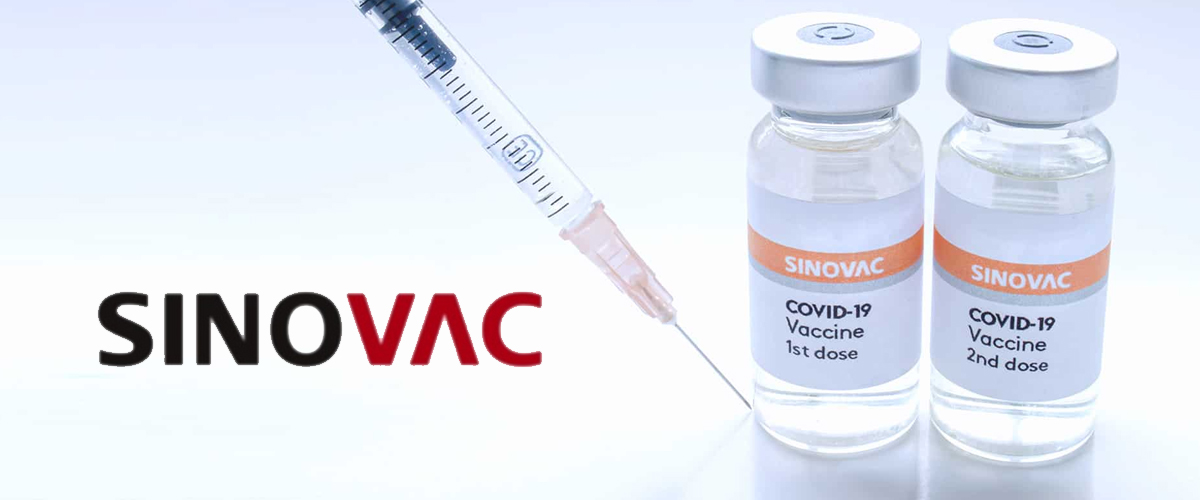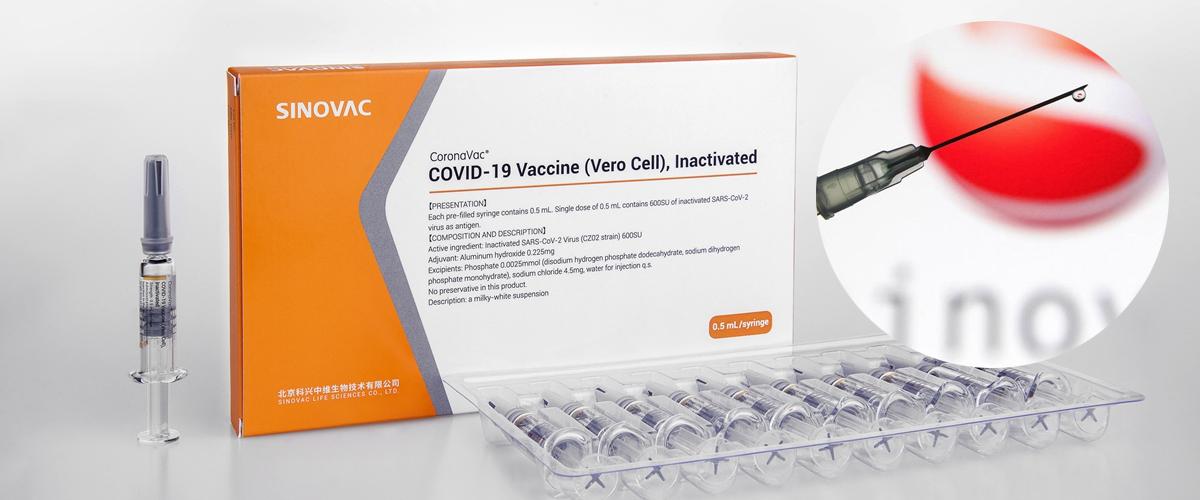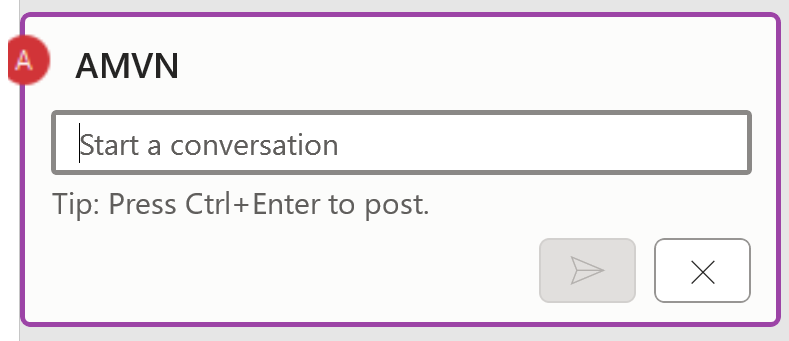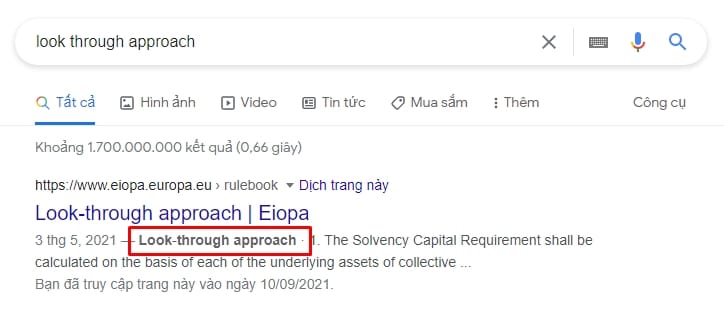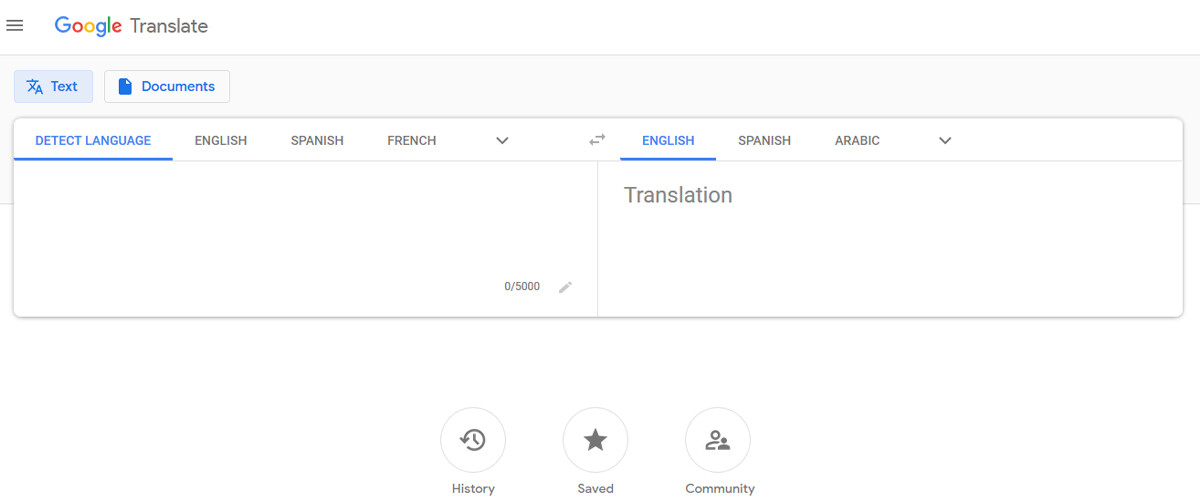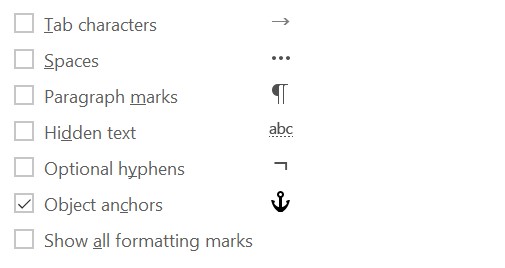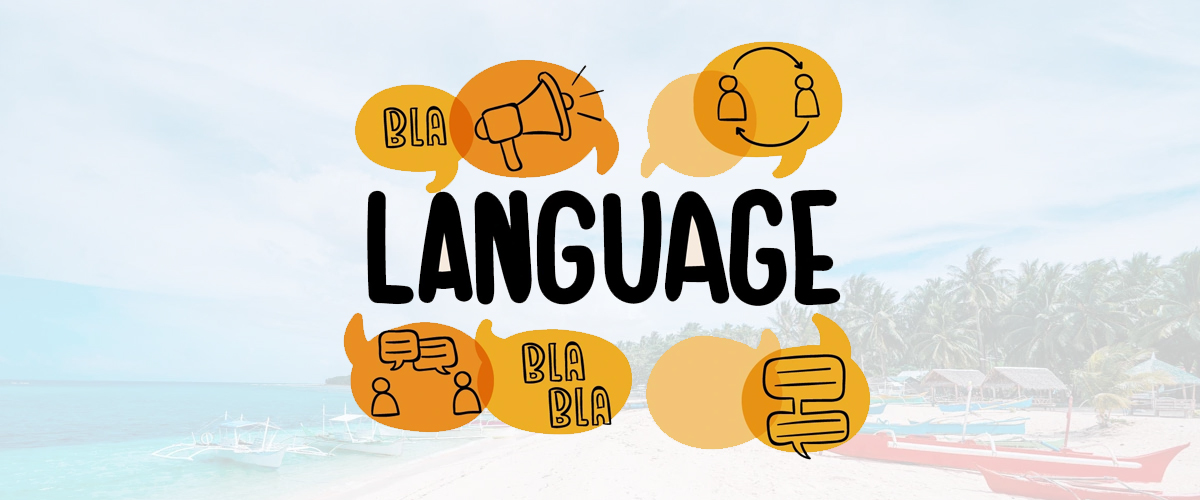An introduction to Big Q and little q
Mr. Joseph M. Juran, who is widely regarded as the father of quality management, identified the concept of Big Q many years ago. Recognizing these ideas is critical for understanding how international quality management organizations achieve organizational sustainability.
Joseph M. Juran, credited with inventing quality management, identified the concept of Big Q many years ago. Recognizing these ideas is critical for understanding how international quality management organizations achieve organizational sustainability.
Big Q is described as the strategic management of quality across all company processes, products, and services as they apply to all relevant interested parties. Little q, on the other hand, describes product quality in a much more limited context, with the primary focus on the consumer.
Sometimes, organizations use a different name to define Big Q, such as overall quality management, continuous improvement, and Six Sigma quality. You can understand little q as tactics and large Q as strategy.
Scope of Big Q
Big Q expresses the concept of little q while also addressing cultural difficulties and operational support processes that little q does not. However, Big Q has been around for a long time, and many businesses recall the benefits of tackling Big Q difficulties.
Big Q has been improved in terms of clarity in the current edition of ISO 9001 (with minor adjustments). Some of the new regulations should spark innovative thinking that will help the organization succeed.
ISO 9001:2015 concepts that drive the QMS towards a Big Q mentality include top management involvement, workforce competencies, knowledge and process management, as well as the concept of risk-based thinking, the importance of considering the needs of interested parties, and the organization’s context.
If an organization’s main goal is certification, each of these notions may be viewed as narrow. However, from a management aspect, such a simple approach is ineffective. If an organization intends to last more than a few years, it must adopt a more strategic strategy.
Big Q and little q in ISO 9001:2015
Article 1 – Scope of ISO 9001:2015 provides a quick summary of the standard’s content:
- Demonstrate the organization’s capacity to consistently deliver products or services that fulfill client, legislative, and regulatory standards, as well as internal criteria.
- Enhance customer satisfaction through the efficient use of a quality management system, including system improvement procedures and assuring compliance with customer and regulatory needs and current rules.
The scope further specifies that ISO 9001:2015 is a general standard that applies to all enterprises, regardless of form, size, or products or services offered.
It should be noted that this international standard is always concerned with improving the quality of an organization’s products and services in order to achieve customer satisfaction. For years, corporations have focused on “little q.” This is an activity that involves ensuring the quality of the products and services provided to customers.
Leading quality managers have understood over time that quality management is more than just activities linked to products and services, particularly actions that help products and services. Services reach high quality, leaving clients delighted. Additional quality control initiatives are collectively known as “Big Q.” Over many years of development and maturity, ISO 9001 criteria have gradually expanded to include broader ideas.
Action to be taken
First of all, top management must proactively alter the way the quality management system is shaped and applied.
Next, top leadership must widen the organization’s thinking, taking into account the context and roles of stakeholders other than the end users of the products and services. Top management may demand the business to create and implement formal processes for understanding the wishes and needs of interested parties, ensuring they are taken into account when resolving negative implications for the firm.
For instance, has the organization thought about the wants and needs of which of the following:
- Subcontractors
- Supplier
- Management agency
- Shareholder
- Staff
- Society
- People who experience environmental impact
The strategic planning repercussions listed in Clause 4.1 of ISO 9001:2015 are not required to be recognized but are extremely essential. Although Clause 4.1 can be substantially met through compliance measures, meeting the Big Q target here will improve long-term viability. For example, does the company have systems in place to conduct in-depth analyses of strengths, weaknesses, opportunities, and threats to inform its strategic planning process? Is there really a continuous strategic planning process?
Similar questions arise about the effectiveness and long-term viability of processes (whether identified and implemented) for workforce competencies, knowledge management, management and measurement, and data analysis and improvement.
Is risk-based thinking used every day? Are there processes in sectors with a Big Q mentality? Or are the procedures narrowly focused on the organization’s specific products and services? Setting a narrow focus while yet satisfying ISO 9001:2015 regulations will not ensure the organization’s long-term success.
The role of quality experts
Many opportunities arise, enhancing the scope and depth of the organization’s quality management system. Quality experts can also discuss more with top leaders. The extensive list of ISO 9001:2015 actions for which top management is accountable offers quality professionals with a diverse range of subjects to discuss with top management.
Quality experts must engage in these critical conversations to foster Big Q thinking. The issue for quality specialists has always been to convey it in a way that upper management understands and accepts. Quality specialists occasionally chastise high management for not listening to their suggestions.
Having held senior leadership roles, we believe that quality experts do not fully comprehend how to explain to top management. Quality specialists frequently claim that they recognize that top management’s goal is money, but they do not reframe their interpretation in this direction.
Quality experts discuss failure rates and consumer complaints without compromising earnings. Converting actual failure rates into real profits may be difficult, but it is doable. When upper management learns about profit difficulties, they will pay heed.
To better communicate quality issues to upper management, quality professionals can consistently highlight issues in a Big Q context, demonstrating potential loss of market share or negative repercussions on the brand or organizational goals.
They must become knowledge consumers and comprehend the content of the organization’s strategy plan in order to make recommendations for change that are aligned with strategic and tactical plans and objectives.
Quality experts should also closely follow the principles of evidence-based decision-making.
Operating in this direction increases the quality expert’s chances of successfully transmitting the message, and the quality process is viewed as a concept linked with a solution rather than a problem.
To boost top management involvement in the quality process and encourage Big Q thinking, quality experts must perform the following eight tasks:
- Interpret based on top management’s understanding.
- Integrate quality management into both strategic and tactical planning.
- Understand client satisfaction across the enterprise.
- Understand that continuous improvement applies throughout the organization.
- Take the objective implementation process seriously, including documentation, alignment, and tracking.
- When evaluating performance, ensure that no quality performance measures are missing.
- Collect, analyze, and implement quality cost data modifications.
- Make the leadership evaluation process a top-level management priority.
The tasks listed above are not exhaustive, but they provide an excellent starting point for quality professionals to implement.
By completing these eight activities and taking advantage of meetings with top management to continuously improve the content and implementation of the organization’s quality management system, quality experts will grow, perhaps even inspire. I am interested in developing ISO 9001:2015 compliance processes, with a focus on Big Q.
As a quality professional, ask yourself, “Am I a Big Q or litte q follower?”. If you do your job successfully, everyone will want the organization’s long-term success, and everyone will know what they need to do to get there.













